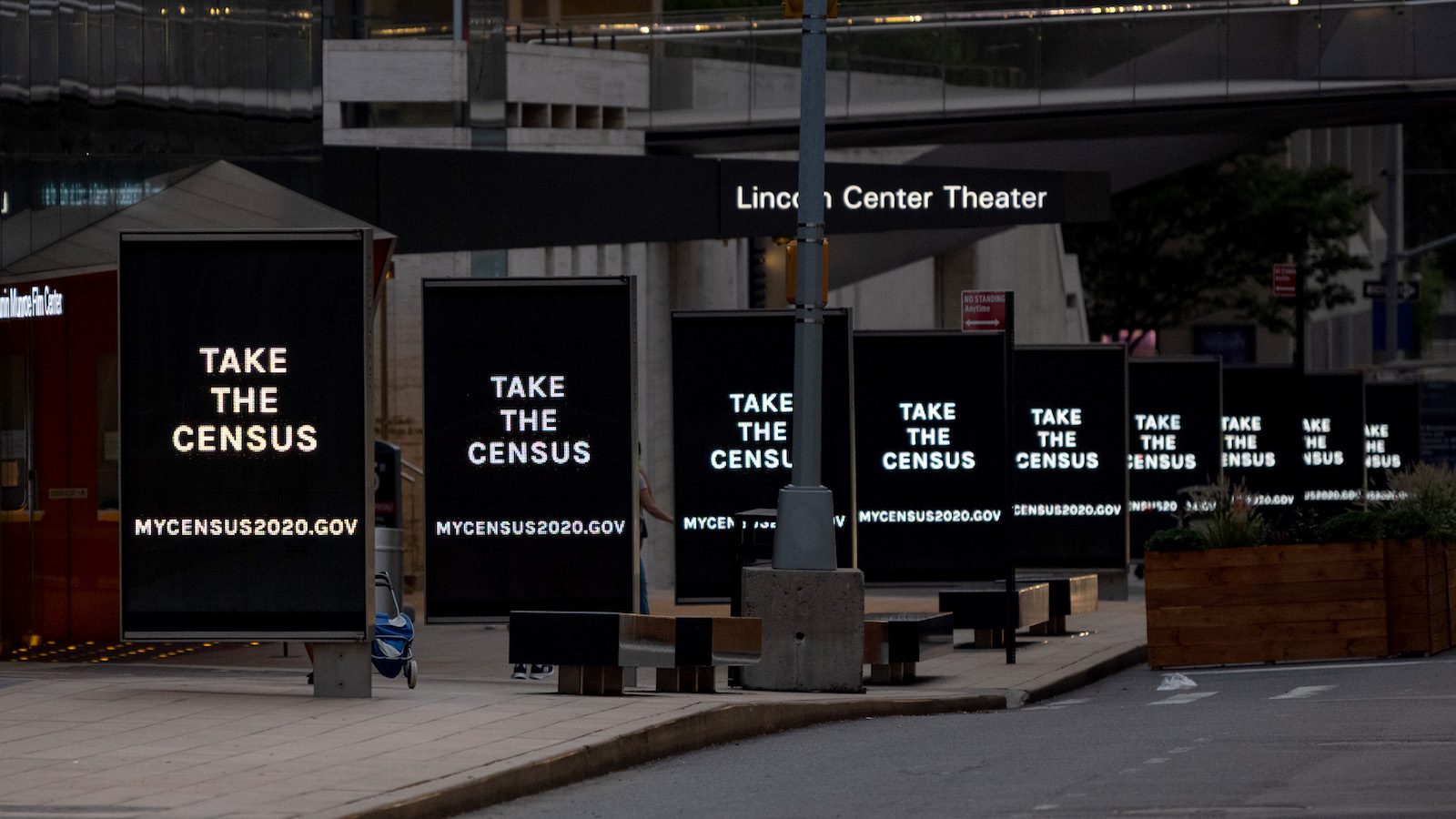Much of the work of environmental justice — the fights to clean up the air and offer better access to green space — is about convincing those with political influence that the issues affecting everyday people matter and deserve legislative action.
For better or for worse, that action is usually determined by reports and research that are “shiny and have the clout of academia and government,” said Lucas Zucker, policy and communications director at the Central Coast Alliance United for a Sustainable Economy. And arguably, there is no report that drives policy more than the U.S. census.
The census dictates seats in the U.S. House of Representatives, the drawing of congressional, state, and local district boundaries, and the amount of funding that state governments and local communities receive from the federal government for the next decade. Politicians decide how much attention is paid to issues like the need for new roads or new schools and how money is invested in communities to mitigate climate change, build resiliency, and reduce exposure to pollution and environmental burdens. The census even plays a role in how policymakers and Environmental Protection Agency workers try to equitably enforce environmental protections, like the Clean Air Act.
The newest census data released this week, which showed that America’s white population declined over the last decade for the first time in history, is set to have big implications for one of President Joe Biden’s cornerstone policies: Justice40. The initiative is meant to ensure that 40 percent of the “overall benefits” of federal investments reach disadvantaged communities to combat environmental racism. Communities will be broken down by census tract and determined to be “disadvantaged” based on the tract’s proximity to environmental burdens, such as pollution and toxic waste, and other indicators of public health and socioeconomic status.
In the coming months, as policymakers work to redraw districts based on the data, communities across the country will be cut up into different sections and so will their funding, said Pamela Stewart-Martinez, a community organizer with WEACT for Environmental Justice. “The fallout from the census and redistricting will be felt for the next decade and will have everything to do with solving environmental problems and creating new ones,” she said.
In a response to Grist, EPA spokesperson Dominique Joseph said the new data will be vital to the agency’s mapping and screening tools, which use demographic data to identify potential environmental justice concerns.
Not only does census data dictate policy, it also helps to illuminate and understand environmental justice problems. Take the housing crisis, for instance. “We already know that the people who are exposed to the worst of the elements of climate change and pollution” — such as wildfires, heat waves, and hurricanes — “are the people who are housing insecure,” Zucker said.
Analyzing census data can both pinpoint where these issues may be prevalent and highlight possible solutions. In Los Angeles County, where on any given night there are an estimated 66,000 people sleeping on the streets, a controversial new rule will soon make it illegal to sleep or lay down in various parks, on sidewalks, and on public benches. The new census data released Thursday, however, found that more than 172,000 homes are sitting empty in the county, more than enough to house everyone. The trend is seen virtually everywhere across the country: In total, while there are an estimated 550,000 people experiencing homelessness, there are more than 13.6 million empty homes.
This is why Stewart-Martinez says it’s crucial that community members understand just how much power — and how many solutions to our issues — lies in census data. “It is so important for people to understand what exactly is happening regarding redistricting,” said Stewart-Martinez. For local elected positions, where candidates are bound to strict rules on where they can live while holding office, redistricting will change who can and cannot run for certain positions, and subsequently, what issues are heard and respected by politicians.
That doesn’t bode well for people living in communities where environmental justice concerns have historically been neglected, Zucker says: “The people who are being most impacted are the people with the least political power.”




